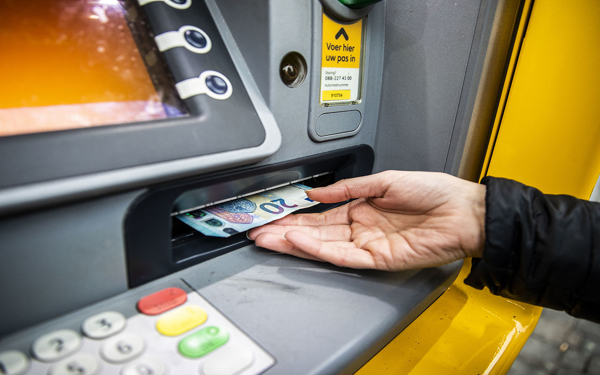Backed and unbacked cryptos
Roughly speaking, you can distinguish between two types of crypto-assets. The first type involves cryptos whose value is based on the simple fact that each ‘coin’ is a unique code, and there may or may not be a cap on the number issued. These are known as ‘unbacked’ crypto-assets. Bitcoin and Doge are examples of such unbacked crypto-assets. Under MiCAR, many of these types of cryptos are not yet subject to supervision. This means they are still very risky. Companies offering unbacked crypto services are subject to supervision by the Dutch Authority for the Financial Markets (AFM); see also their page (Dutch).
There are also 'backed' crypto-assets, commonly referred to as 'stablecoins'. These are crypto-assets that are designed to maintain as stable a value as possible by referencing another value. This may be a currency like the US dollar, but also a commodity like oil or gold. The reference value may also be a basket of products, goods or objects.
ARTs and EMTs
MiCAR classifies stablecoins that track the value of a basket of products as ‘Asset Referenced Tokens’ (ARTs). Stablecoins that track the value of a single currency are called ‘Electronic Money Tokens’ (EMTs). De Nederlandsche Bank supervises Dutch-licensed issuers of ART and EMT stablecoins.
Buying and selling cryptos
Whether backed or unbacked, there is almost nowhere you can pay for products or services with cryptos. Buying cryptos is mainly done through intermediaries called 'brokers' such as Bitvavo or Kraken. Different brokers offer different services: some are just a trading platform where people can exchange euro for crypto-assets, others also arrange encrypted storage of crypto-assets so owners do not have to keep them on a computer at home. The AFM is responsible for supervising providers of these services that are licensed in the Netherlands.
Keep in mind that cryptos are risky. Any individual is free to develop a crypto, offer it for sale or stop selling it. Risks of theft or of loss caused by deception or insider trading are not uncommon. In addition, it is not always clear what their value is based on, and values can fluctuate wildly even following a social media post.
That said, the technology behind cryptos also offers opportunities: for payments, for communication, or in new areas we have not even thought of yet. If you find this topic interesting, we recommend reading this article (Dutch) in which Frank van Dunné of DNB and Lieke Helleman of the AFM share their views on cryptos, and in which they also talk a bit more about MiCAR.
Want to know which supervisory authority to contact for questions or complaints? See the table below.




